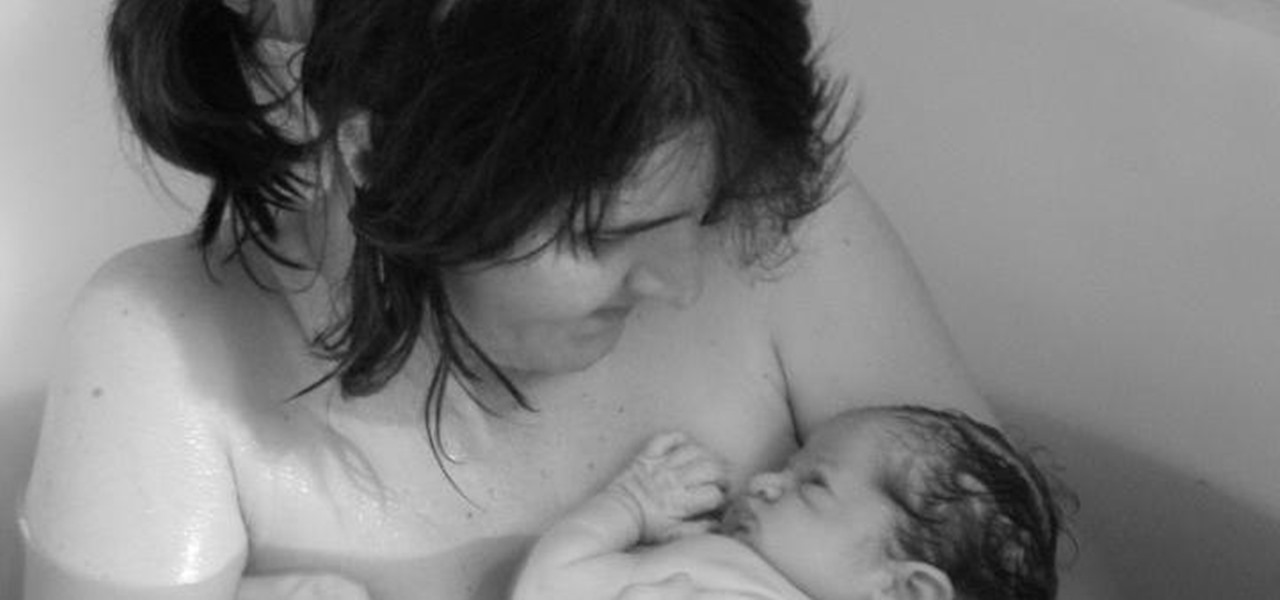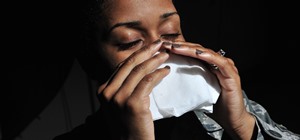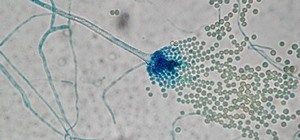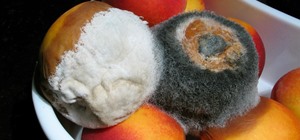Legionnaires' disease is named after 1976 outbreak in Philadelphia that sickened 221 people and killed 34. More often striking adults over the age of 50, the Centers for Disease Control and Prevention (CDC) recently reported two cases where newborns contracted the often fatal disease — at their moment of birth.
Caused by the Legionella bacteria, Legionnaires' disease is a severe respiratory infection that afflicts approximately 6,000 Americans per year. About one in every ten people diagnosed will die of the infection. Because its symptoms mimic those of other respiratory infections, the CDC believes the infection is underdiagnosed.
The Symptoms and Story of Legionnaires' Disease
When it struck participants of an American Legion convention in 1976, Legionnaires' disease was an unknown. At the same time, the country was bracing for a potential swine flu epidemic, leading to widespread anxiety of a disease people feared was unstoppable after convention-goers continued to fall ill.
In approximately six months, the bacteria, Legionella pneumophila, was isolated, and investigators determined it was spread through ducts from the convention center's air conditioning system. Despite its virulence, the bacteria can be treated with antibiotics, although it usually requires hospitalization.
In healthcare settings, for patients exposed to Legionella bacteria, the situation is dire. Looking at surveillance data from 2015, the CDC found one-quarter of 2,809 confirmed patients with Legionnaires' disease died. The infections were likely from bacteria in water and air-conditioning systems in hospitals and other healthcare settings that facilitate spread of the bacteria to already sick patients. In addition to being over age 50, other risk factors for Legionnaires' disease includes being a smoker, having a weakened immune system, or suffering from chronic disease.
Legionnaires' disease often causes pneumonia, a catch-all phrase for serious lung infections. Symptoms occur within two days to two weeks after exposure to the bacteria and include:
- Headache, including muscle ache
- Shortness of breath and cough
- Fever
Water droplets and mists carry the bacteria into our respiratory systems, and surfaces contaminated with the bacteria or community of bacteria called a "biofilm" can spread the disease, as well. Legionnella bacteria are found in natural fresh water but become a human-made hazard in equipment and devices used to convey water, like air conditioning equipment, and industrial water systems like those found in hospitals, hotels, and cruise ships. Even decorative water fountains can spread Legionella through airborne bacteria in the spray.
Legionnella bacteria also reside in residential or apartment plumbing and in hot tubs. The use of birthing tubs led to the infection of two newborn Arizona babies, as they were being born.

Dangerous Legionella Bacteria Infect Newborns in Birthing Pool
Two babies delivered through water birth contracted Legionnaires' disease according to a report from the CDC. In both cases, the infants were delivered at home with the aid of a midwife.
In the first case, the infant was born in a birthing tub filled with warm tap water. The tub had been cleaned with vinegar and water and filled with municipal water through a drinking water hose just before delivery. The mom was in the water only for delivery.
At one-day-old, the infant was rushed to the emergency department with pneumonia and what was discovered to be a congenital heart disease. A bacterial culture revealed the newborn was infected with Legionella pneumophila. The newborn recovered after treatment with antibiotics but required a long hospital stay due to the unrelated heart problem.
In the second case, a newborn was delivered via water birth at home in a rented, jetted Jacuzzi. The tub had been filled with tap water through a new hose and maintained at 98 F. for a week prior to delivery. On day three after delivery, the baby was rushed to the emergency department with a fever and diagnosed with neonatal sepsis and pneumonia that was found to be Legionnaires' disease. Treated with antibiotics, the newborn survived.
Following the incidents, the Arizona Department of Health Services, in association with healthcare and midwife advisory committees created guidelines to increase safety around home water births, and increase knowledge of the danger of non-sterile conditions. In these cases, some of the issues included:
- Use of non-sterile birthing pools or tubs
- Water in both cases was from a municipal source, which is not sterile
- Hoses used to fill the tubs were not sterile
- Warm water is an ideal environment for nurturing growth of Legionnella bacteria
There are many reasons why mothers choose water births. For low-risk moms, their midwives, or physicians, careful attention to the cautions, risks, and suggestions for a safe birth are essential to protect baby and mom.
Although better known for infecting adults, Legionnaires' disease is a concern for anyone suffering pneumonia-like symptoms who has recently stayed in a hotel, hospital, or used a hot tub. Regardless of age, be sure to speak up if you believe you, or a loved one, could have been exposed to Legionella bacteria.
Just updated your iPhone? You'll find new emoji, enhanced security, podcast transcripts, Apple Cash virtual numbers, and other useful features. There are even new additions hidden within Safari. Find out what's new and changed on your iPhone with the iOS 17.4 update.


























Be the First to Comment
Share Your Thoughts